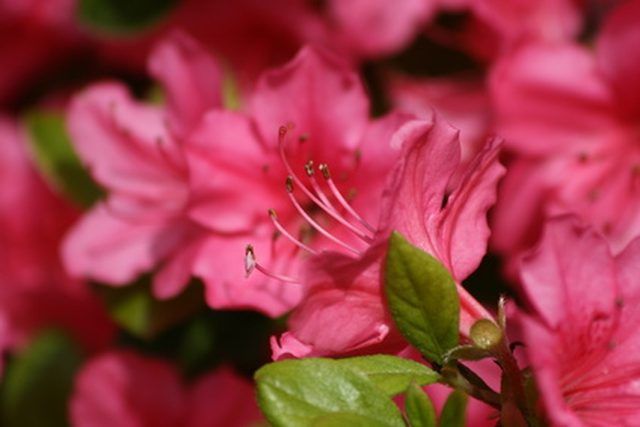Bulbs
Flower Basics
Flower Beds & Specialty Gardens
Flower Garden
Garden Furniture
Garden Gnomes
Garden Seeds
Garden Sheds
Garden Statues
Garden Tools & Supplies
Gardening Basics
Green & Organic
Groundcovers & Vines
Growing Annuals
Growing Basil
Growing Beans
Growing Berries
Growing Blueberries
Growing Cactus
Growing Corn
Growing Cotton
Growing Edibles
Growing Flowers
Growing Garlic
Growing Grapes
Growing Grass
Growing Herbs
Growing Jasmine
Growing Mint
Growing Mushrooms
Orchids
Growing Peanuts
Growing Perennials
Growing Plants
Growing Rosemary
Growing Roses
Growing Strawberries
Growing Sunflowers
Growing Thyme
Growing Tomatoes
Growing Tulips
Growing Vegetables
Herb Basics
Herb Garden
Indoor Growing
Landscaping Basics
Landscaping Patios
Landscaping Plants
Landscaping Shrubs
Landscaping Trees
Landscaping Walks & Pathways
Lawn Basics
Lawn Maintenance
Lawn Mowers
Lawn Ornaments
Lawn Planting
Lawn Tools
Outdoor Growing
Overall Landscape Planning
Pests, Weeds & Problems
Plant Basics
Rock Garden
Rose Garden
Shrubs
Soil
Specialty Gardens
Trees
Vegetable Garden
Yard Maintenance
Care & Feeding of Azaleas
Care & Feeding of Azaleas. Azaleas--a landscaping favorite in a variety of zones--herald the spring with a burst of beautiful color. One reason for their popularity is their relatively easy care. With just a little attention a couple of times per year, these shrubs will perform like few others.

Azaleas--a landscaping favorite in a variety of zones--herald the spring with a burst of beautiful color. One reason for their popularity is their relatively easy care. With just a little attention a couple of times per year, these shrubs will perform like few others.
Pruning
Azaleas may be pruned annually to control size. This is best done in the weeks just after the blooms fade. Waiting any longer risks cutting off the origin of next year's blooms, which are set in the fall.
Fertilize
Azaleas may require a dose of acidic fertilizer a couple of times per year. Just apply to the surface of the soil around the underneath the plant and out to the drip line. If your plant is stressed due to drought, put off fertilizing until the soil is moist and conditions are better.
Water
The roots of an azalea plant are near the surface of the soil, making dehydration a threat during dry conditions. Make sure your plant receives adequate moisture by watering with a soaker hose or drip line to a depth of about 6 to 8 inches. Don't over-do it, though. Water-logged plants suffer decline as well.
Pests and Diseases
Although they're typically tough plants, a few problems can affect your azalea. Look out for powdery mildew (a fungus that looks like white powder on the leaves) and petal blight (mottled or damaged blooms in spring). You might avoid powdery mildew by choosing a sunnier location for the plant since the fungus thrives in shade. Petal blight can be alleviated with an application of fungicide just as the blooms begin to show color.
Lacebugs are among the common pests for azaleas. Look for spotted or mottled leaves as evidence of an infestation. Spraying with an insecticide may reduce or eliminate this problem.